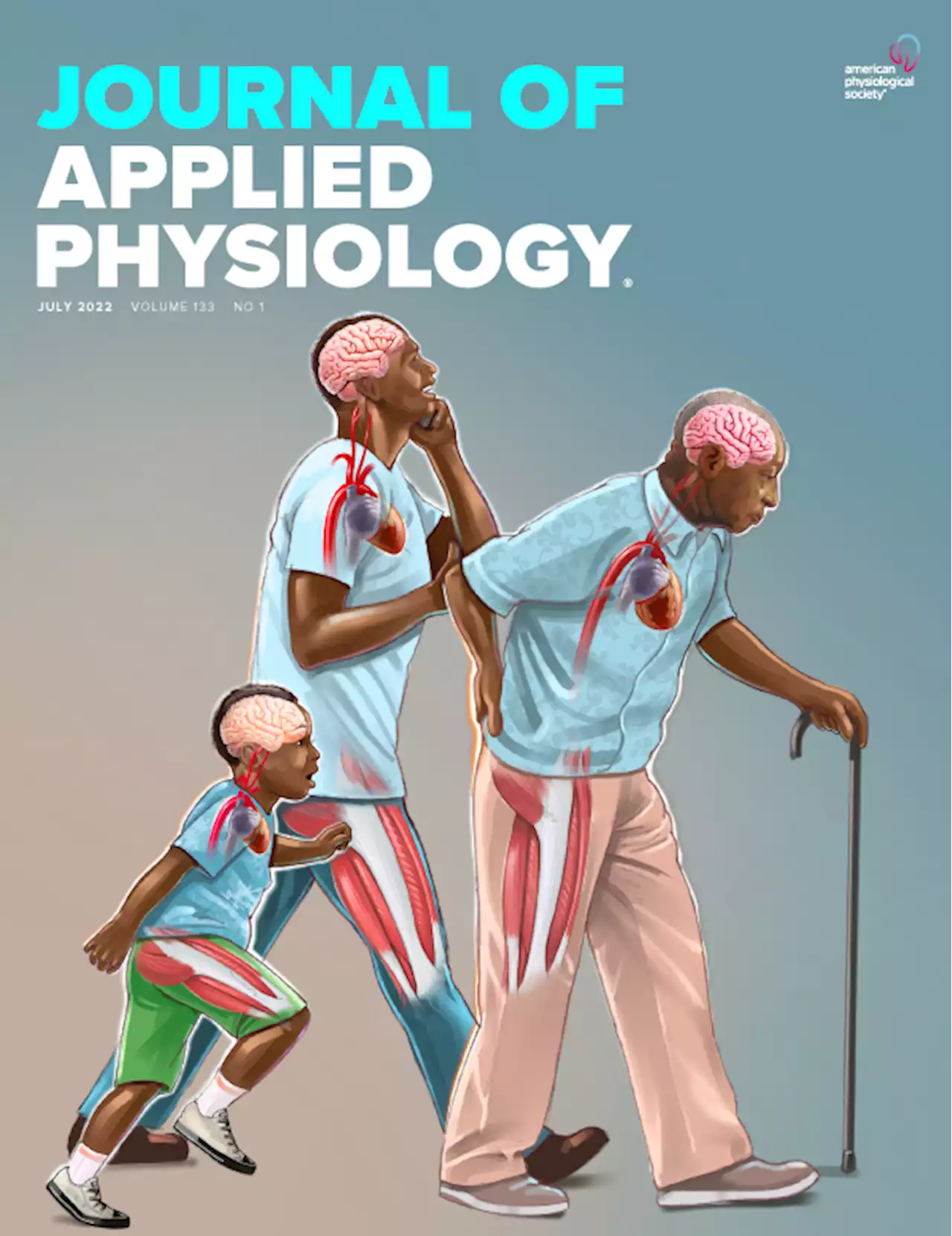A poll of 2,000 adults revealed 51 per cent see their close friend at least once a week, while one in 10 see their companions less than every six months.
And such is the bond, 55 per cent speak to them about more sensitive topics over anyone else, even their partner or family., which commissioned the research to celebrate Friendship month and highlight how those unable to leave their homes can feel bouts of loneliness, said: “Friends can play a vital part in our lives and are formed throughout the years in so many different ways.
“And in that instance, the odd visit from a friend or even someone stopping in professionally can do the world of good to give someone feeling a little lonely, a boost.”Respondents have known their best friend for an average of 22 years, and met them at work, secondary school or university. And the most admired attributes of their friends were their supportiveness, their honesty and how loyal they are.
The most important components to a long-lasting friendship were seen to be trust, listening to each other and providing support.Specsavers Home Visits, which commissioned the survey, offers free eye tests in the home and in care homes for people who qualify for an NHS-funded eye test and are unable to leave their home unaccompanied due to a physical or mental illness or disability.
United Kingdom Latest News, United Kingdom Headlines
Similar News:You can also read news stories similar to this one that we have collected from other news sources.
 Sex differences in human running performance: smaller gaps at shorter distances? | Journal of Applied PhysiologyHuman, but not canine or equine running performance, is significantly stratified by sex. The degree of stratification has obvious implications for classification and regulation in athletics. However, whether the widely cited sex difference of 10-12% applies equally to sprint and endurance running events is unknown. Here, different determining factors for sprint (ground force/body mass) vs. endurance performance (energy supply & demand) and existing trends, led us to hypothesize that sex performance differences for sprint running would increase with distance and be relatively small. We quantified sex performance differences using: 1) the race times of the world's fastest males and females (n=40 each) over a 15-year period (2003-2018) at nine standard racing distances (60-10,000m), and 2) the 10-meter segment times of male (n=14) and female (n=12) athletes in World Championship 100-meter finals. Between-sex performance time differences increased with sprint event distance [60m-8.6%, 100m-9.6%, 200m-11.0%, 400m-11.7%] and were smaller than the relatively-constant mean (12.4±0.3%) observed across the five longer events from 800-10,000 meters. Between-sex time differences for the 10-meter segments within the 100-meter dash event, increased throughout spanning 5.6% to 14.2% from the first to last segment. We conclude that sex differences in sprint running performance increase with race and running distance.
Sex differences in human running performance: smaller gaps at shorter distances? | Journal of Applied PhysiologyHuman, but not canine or equine running performance, is significantly stratified by sex. The degree of stratification has obvious implications for classification and regulation in athletics. However, whether the widely cited sex difference of 10-12% applies equally to sprint and endurance running events is unknown. Here, different determining factors for sprint (ground force/body mass) vs. endurance performance (energy supply & demand) and existing trends, led us to hypothesize that sex performance differences for sprint running would increase with distance and be relatively small. We quantified sex performance differences using: 1) the race times of the world's fastest males and females (n=40 each) over a 15-year period (2003-2018) at nine standard racing distances (60-10,000m), and 2) the 10-meter segment times of male (n=14) and female (n=12) athletes in World Championship 100-meter finals. Between-sex performance time differences increased with sprint event distance [60m-8.6%, 100m-9.6%, 200m-11.0%, 400m-11.7%] and were smaller than the relatively-constant mean (12.4±0.3%) observed across the five longer events from 800-10,000 meters. Between-sex time differences for the 10-meter segments within the 100-meter dash event, increased throughout spanning 5.6% to 14.2% from the first to last segment. We conclude that sex differences in sprint running performance increase with race and running distance.
Read more »
 Sarah Ferguson reflects on ‘closest friend’ Princess DianaSarah Ferguson, Duchess of York, has revealed she often thinks ‘sadly’ about the late Princess Diana now she herself is a grandmother.
Sarah Ferguson reflects on ‘closest friend’ Princess DianaSarah Ferguson, Duchess of York, has revealed she often thinks ‘sadly’ about the late Princess Diana now she herself is a grandmother.
Read more »
 '£17m jewel' admits Arsenal interest is 'huge confidence boost' to him - 'I'm obviously very happy'Eintracht Frankfurt star Jesper Lindstrom has admitted that Arsenal's interest in him makes him feel 'very happy' as it is a 'confidence boost'.
'£17m jewel' admits Arsenal interest is 'huge confidence boost' to him - 'I'm obviously very happy'Eintracht Frankfurt star Jesper Lindstrom has admitted that Arsenal's interest in him makes him feel 'very happy' as it is a 'confidence boost'.
Read more »
 Albuquerque “nervous” as WTR leads into IMSA decider againWayne Taylor Racing’s Filipe Albuquerque admits he is “nervous” about the possibility of losing the IMSA WeatherTech SportsCar Championship title at the last hurdle for a second year running.
Albuquerque “nervous” as WTR leads into IMSA decider againWayne Taylor Racing’s Filipe Albuquerque admits he is “nervous” about the possibility of losing the IMSA WeatherTech SportsCar Championship title at the last hurdle for a second year running.
Read more »
